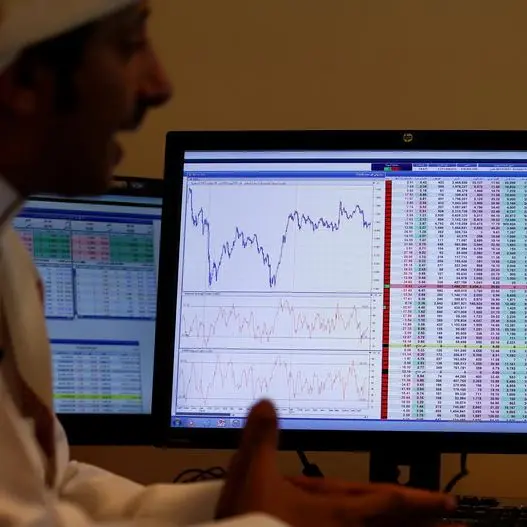PHOTO
LONDON - World stocks teetered close to their first weekly loss since October, government bond prices dropped and the dollar firmed as strong U.S. jobs data signaled the U.S. economy was still too robust for the Federal Reserve to cut interest rates.
MSCI's broad gauge of world stocks traded flat on Friday, heading for a 0.1% fall this week after five weeks of gains.
U.S. employers added 199,000 new workers in November, Friday's non-farm payroll report showed, beating economists' expectations and dashing expectations that the Federal Reserve will turn dovish at its rate setting meeting next week.
The 10-year Treasury yield, which rises as the price of the benchmark debt security falls and tracks expectations for long-term borrowing costs, was 9 (bps) higher on the day at 4.22% after Friday's jobs data.
The Fed has raised its main funds rate by more than 5 percentage points since March 2022. With inflation still running above its 2% target and fuelled by a tight jobs market and rising wages, Fed chair Jerome Powell has said the central bank is ready to tighten monetary policy again if necessary.
"If the Fed is going to cut aggressively, it will be due to a recession and a notable drop in inflation led by unemployment. The numbers game of NFP (non-farm payrolls) suggests we are still far from those levels," said BNY Mellon's head of markets strategy and insights, Bob Savage.
The U.S. S&P 500 index dipped 0.2% lower in early New York trading. The tech-heavy Nasdaq, which is sensitive to fears of growth companies' borrowing costs staying high or rising, fell 0.5%..
The dollar index was last up 0.5% to 104.19. The euro, which was on track for a weekly drop of more than 1%, traded at $1.077.
Gold, having touched a record high early in the week before recoiling, fell 0.9% on Friday to $2,010 an ounce. Brent crude oil futures rose 2.2% to $75.65 a barrel.
COMPLACENCY
Global markets have been anticipating rate cuts by central banks as soon as March next year even though economic forecasters do not expect significant recessions in the United States or the euro zone.
The S&P 500 has risen more than 9% since early November. The 10-year Treasury yield which moves inversely to the price of the benchmark debt and tracks expectations for long-term borrowing costs, has dropped from more than 5% in late October.
"There's so much complacency in the market right now," said Olivier Marciot, cross-asset portfolio manager at fund manager Unigestion. "You can't have a consensus calling for a soft landing and, at the same time, investors pricing in major cuts."
The VIX, a measure of implied volatility on the S&P 500 that reflects investor anxiety about stock market corrections, is trading at 12.8, almost its lowest since before the COVID-19 shock of early 2020.
(Reporting by Tom Westbrook and Naomi Rovnick Editing by Edmund Klamann, Emelia Sithole-Matarise, Christina Fincher and Frances Kerry)




















